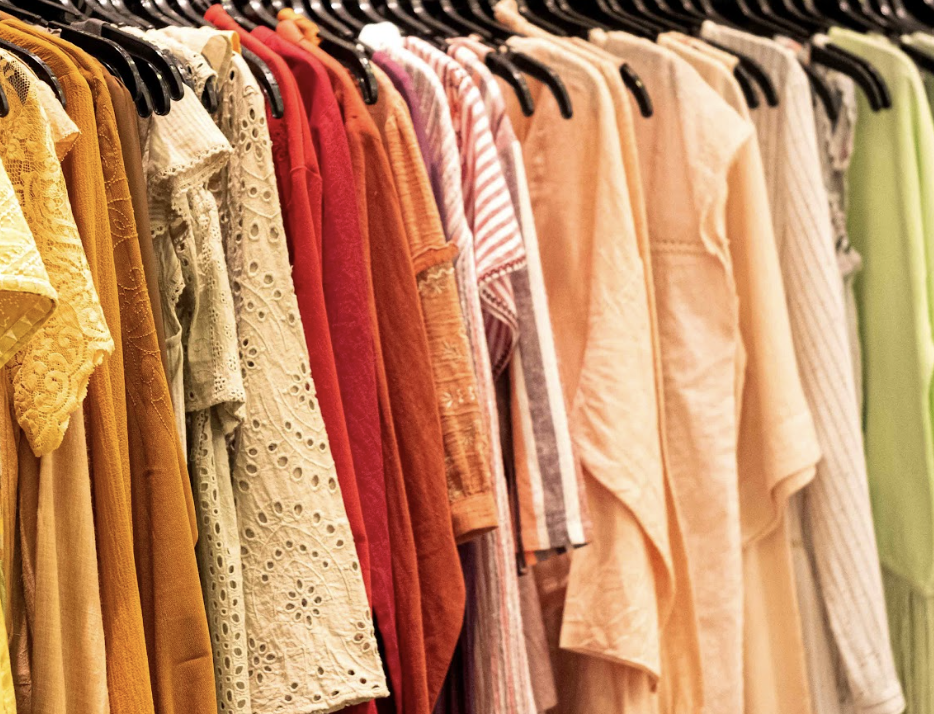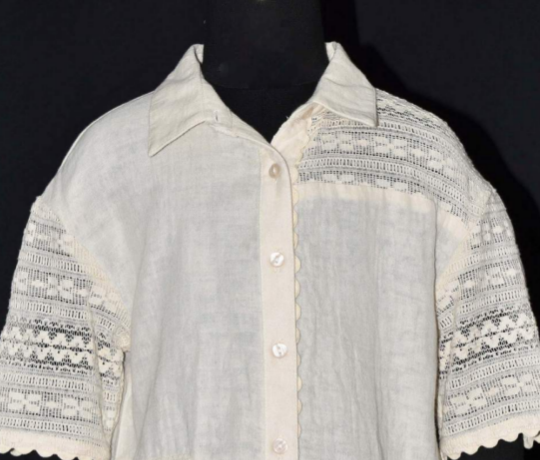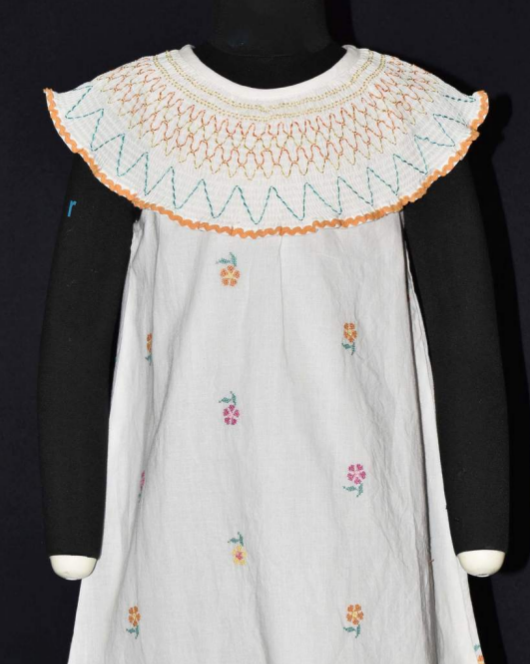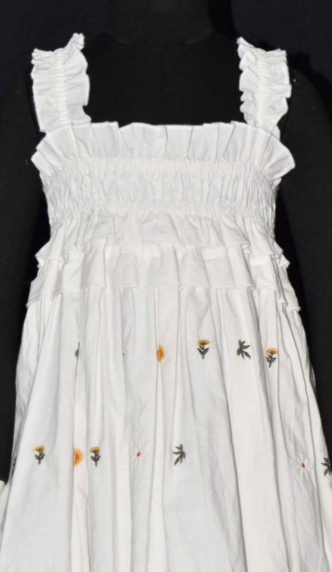Decoding The History Of The Ready-to-wear Clothing Business In India

Most garments worn by humans have been laboriously sewn by hand through Clothing Manufacturers in India. Humans still assemble clothing using sewing machines, even though the textile industry is now totally mechanized. Each garment had to be created from scratch before the widespread availability of ready-to-wear.
While ready-to-wear clothing has been around for quite some time, the notion of being able to stroll into a shop, choose an article of clothing off the rack, or place an order for it online is a more recent development.
Overview of the Development of Ready-to-Wear Clothing
Before the 19th century, tailors made almost all fashionable clothes worldwide for individual clients. One of the first examples of ready-to-wear clothing may be traced back to the War of 1812 when the United States government started mass-producing military uniforms. The idea of ready-to-wear clothes for men survived the war, and by the time the century came to a close, the vast majority of men could shop in department shops for ready-to-wear apparel lines.
Women's design was more intricate and tailored than men's during the period. Therefore, ready-to-wear garments for women from women's cloth Manufacturer Company were impracticable. This included waistlines, necklines, and sleeve lengths. Yet, in the 1900s, the media spotlight on ready-to-wear apparel in the United States combined with the economic difficulties of the time to make ready-to-wear clothing the more desirable and practical option.
Made-to-measure has recently become more popular and is no longer solely a practice of high-end couture firms. This departure from the mainstream also embraces technical advancements in the tailoring industry, such as more effective pattern-making processes and sewing equipment, to reduce the high prices associated with custom clothing. For instance, garment manufacturing companies in India now have a computerized pattern factory that can print 100,000 whole patterns daily.
Culture of ready-to-wear garments
The need for and the prestige associated with tailoring one's clothes have not diminished. Most people save up for special events to afford such extravagant garments. Haute couture presentations are a showcase of a designer's artistic prowess. Haute Couture refers to the segment of the fashion business that specializes in creating luxurious, made-to-order couture garments.
Off-the-rack clothing in various sizes wasn't much more than a side business for fashion designers or Apparel Exporters in India. Yet it has suddenly turned into a business in itself. Ready-to-wear clothing has been offered for far less than haute couture since it was first introduced.
What Future Fashion Manufacturing Would Look Like
Needles and thread have been replaced by sophisticated machinery and software in the apparel production sector. The emergence of more cost-effective fabrics allowed small, independent factories to cut their garment production prices. Thinner and less durable materials mean people must purchase more clothes more often.
Now, 40% of all manufactured fabric fiber is polyester, and this percentage is expected to rise in the coming years. Leading garment Manufacturers in India were able to satisfy the rising demand while maintaining minimal labor and textile expenditure due to increased competition among industries.
When comparing couture with ready-to-wear, what are the key distinctions?
The term "haute couture" describes the most exquisitely designed garments. In most cases, only a few people, or even just one, can wear a certain piece since it will be crafted to fit that person. The word "ready-to-wear" may be used in a generic sense. Still, in the fashion industry, it refers to high-quality garments that are intended to appeal to a large audience yet are manufactured in limited quantities. Using a uniform basic design and sizes, ready-to-wear clothing is manufactured.
Conclusion
During the history of ready-to-wear garment manufacturing, improvements in transportation, communication, and technology have been some of the most essential factors in its growth. Technological advancements and the frequency with which trends shift impact the current business of Clothing Manufacturers in India.
Related Blog
Outsourcing Strategies For Apparel Manufacturers
Outsourcing has proven to be an effective way of getting things done in a number of industries. The same...
Surplus Vs. New Production: How India’s Readymade Garments Manufacturers Can Serve UK Retail Demand
Surplus stock can be a matter of significant concern for Indian garment manufacturers. However, thanks to the growth in the...
Different Types Of Women’s Clothing: A Guide For UK Fashion Retailers
Women’s clothing represents a rich blend of tradition, culture, and modern aesthetics. Over the years, striyon ke vibhinn paridhaan have...




